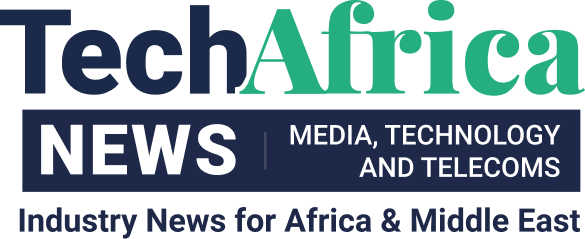The Head of Hybrid IT at Datacentrix, Jaap Scholten recently stated that it’s time for businesses to change their mindset on cloud technology, recognising that while cloud does form part of digital transformation, it isn’t necessarily the only way forward.
A critical first step when contemplating cloud services is that businesses must take a data-led approach, explains Scholten. Data is an organisation’s gold, so to speak, and this should direct the decision-making process, not a particular technology. This makes the strategy business-led instead of being technology-led.
Without a data-first approach, companies are unable to make relevant, real-time operational decisions and will end up being disappointed by the speed of their progress towards achieving their priorities.
And by looking at where a company’s data should be, how it can be accessed, and how it can be secured, it becomes clear that it’s no longer justifiable to view technologies like cloud – or the network, or security – as individual siloes. They have all become inextricably intertwined and the data should dictate the technologies that should be weighed up.
Jaap Scholten, Head of Hybrid IT, Datacentrix
It’s also important to shift away from the train of thought that there’s a like-for-like requirement when it comes to the transition from physical infrastructure to the cloud.
“This is most definitely not the case. In particular when you consider that physical, on-premises infrastructure is often not running at full capacity.”
Jaap Scholten, Head of Hybrid IT, Datacentrix
Therefore, while cloud can be more cost effective, as there is no need for serious upfront investment, ongoing hardware, software and licensing updates, hosting fees or energy costs, it should still be noted that directly converting physical hardware into the cloud equivalent will be an expensive exercise.
Cloud’s consumption-based model ensures that there is no wasted capacity, as workloads can be scaled up as needed. This can be done quickly and easily, without the need for more hardware, software, labour and time that would be needed for scaling up on-premises solutions infrastructure.
However, cloud isn’t and shouldn’t be thought of as the be-all-and-end-all of technology today, and there are several other factors that organisations should take into consideration when looking at a potential move to the cloud.
And while there’s no question that cloud adoption has been instrumental in initiating new business models, experiences and efficiencies in every industry, a large percentage of apps and data must still live in data centres and colocations due to issues such as latency, application dependency and regulatory compliance.
Jaap Scholten, Head of Hybrid IT, Datacentrix
The answer then, Scholten continues, lies in a hybrid IT approach: one that begins with a data-first strategy and provides an ‘as-a-service’ experience, delivering the agility and economics of the public cloud with the security and performance of on-premises IT.
Datacentrix’s cloud model is hosted in Teraco data centres and powered by HPE GreenLake. As a unique cloud offering and one of the first of its kind in Africa, a critical advantage of this approach is that it is available at a fixed Rand price.
Aside from the clear multi-cloud experience benefits delivered, we are able to provide local currency stability to South African businesses, which is critical for those organisations going into the cloud that may be billed in dollars by hyperscalers. By fixing the cost in Rands, we are able to remove the unpredictability of pricing.
Our multi-tenanted approach has also opened up the infrastructure to companies of all sizes, meaning that there is no requirement for significant work demand in order to take the first step and enjoy the advantage of the many benefits offered by this cloud platform.
Jaap Scholten, Head of Hybrid IT, Datacentrix










